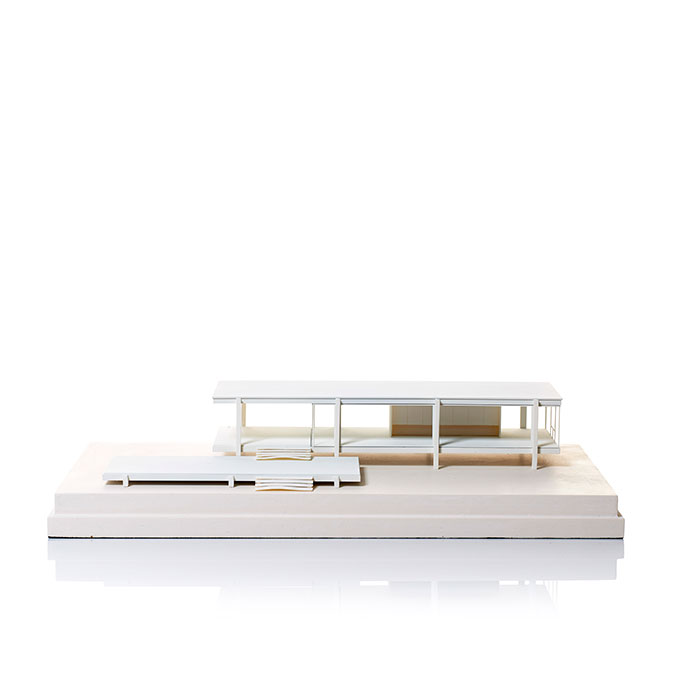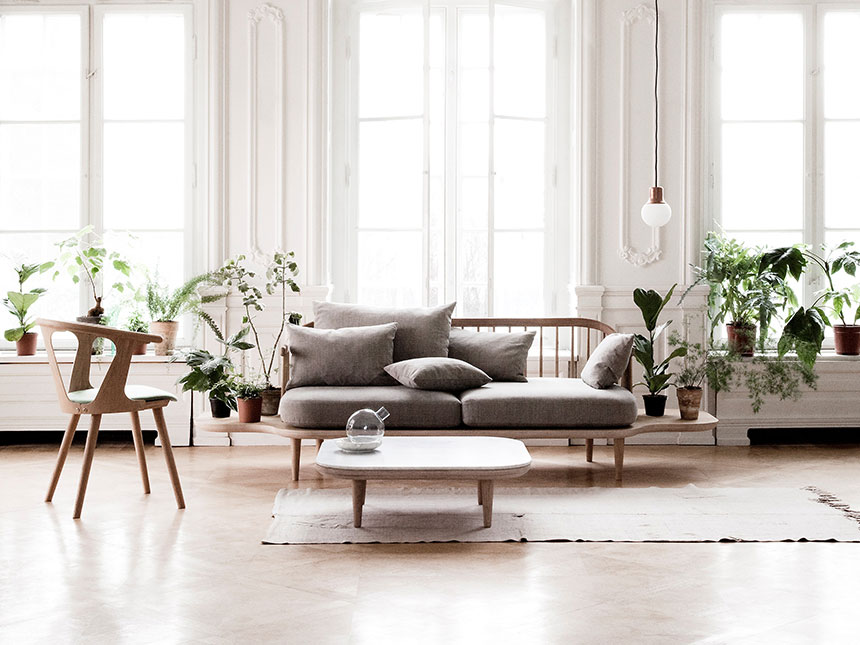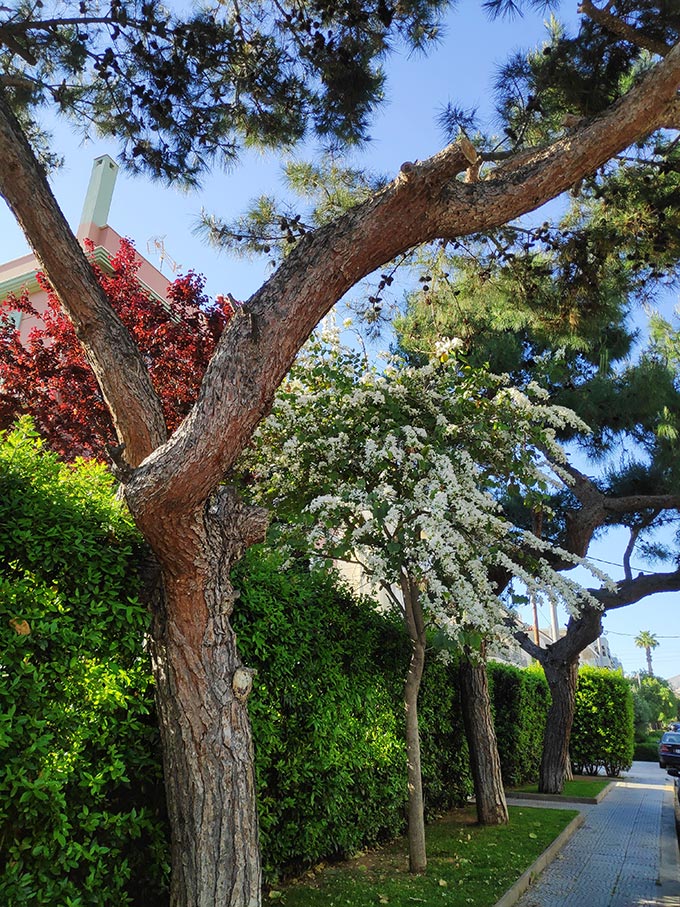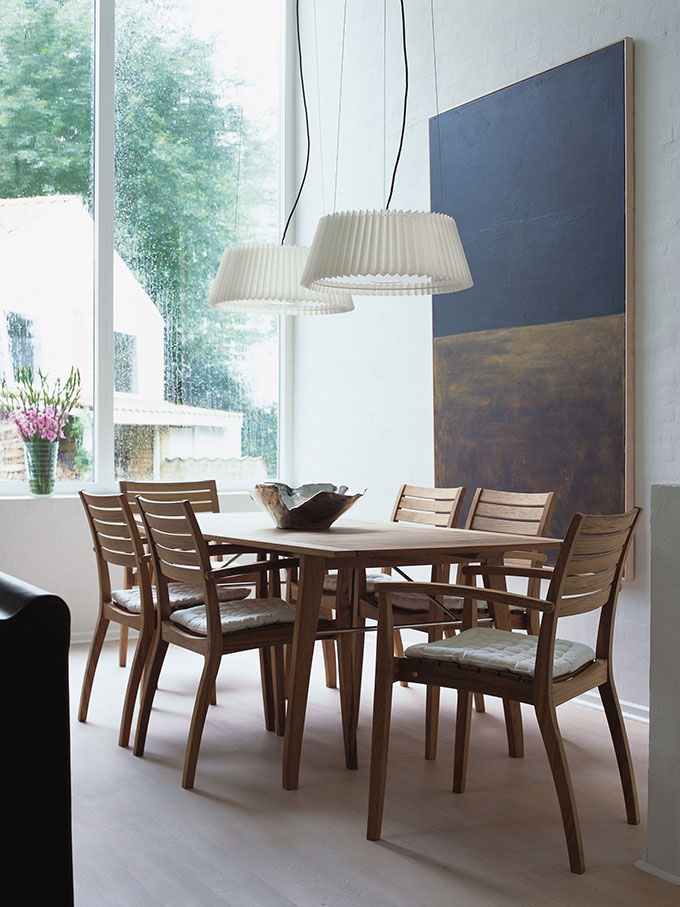To live well, to be well, to have a chance in happiness, we all need to invest in good design. We can’t afford not to. Good design enables us to thrive. It has a direct effect on our well-being. It is not merely about an aesthetic improvement of our surroundings, but more of an improved quality of life.

Good design. What is it?
‘What’s good design?’ A fair question that can mean many different things to different people and contexts. One thing we can all agree on, is that design is a universal language that turns ideas into measurable quantities, gets them processed, edited, and allows them to come to life. Good design though, takes design a step further and turns the end product into an overall positive experience; one that is not measurable by direct means. Good design looks good, feels good, inspires, uplifts, improves quality of life, and returns a greater social and economic value.
A property with a good water-front view has a greater property value. Common sense, right?! What about a house with good quality, double or triple glazed windows and doors with integral blinds. Same – a greater property value. How about an attractive home in a friendly, eye-pleasing neighborhood with houses that have large, well-maintained gardens that feels safe for kids to play outdoors. Priceless. Better designed transport systems? Less congestion, lower CO2 emissions, higher productivity. Dreamy, so worth it. The point to all this, is that the more we invest in good design, the greater the return value.
Good design promotes health, well-being, interactions, bonding, social engagement without seclusions, by improving the way things work. More importantly, the social and economic return values have a lasting legacy. On a larger scale, good design can build a greater sense of community and an overall improved sense of safety. But for the scope of this post, let me focus on home design.
Wellness
The concept of wellness is mainstream for, probably, a few years, now and becoming a fast growing business, if I may add. Be as it may, people are becoming more aware of the impact the environment has on our wellness. We are all undoubtedly affected by our surroundings. So what are the basic key principles of good home design?
- Better orientation to the sun;
- good ventilation,
- thermal and cooling comforts,
- adequate lighting,
- lower energy costs,
- lower noise levels – improved privacy;
- good indoor-outdoor connection,
- decent clearances,
- easy access to all ages and abilities,
- adaptability due to well designed flexibility;
- use of safe, locally sourced (and sustainable) materials where possible.
…the more we invest in good design, the greater the return value.
Better sun orientation
There are a significant number of studies that indicate a strong link between natural light and people’s wellness. Lack of natural light is “related to depressive symptoms and poor quality of sleep” according to one of many studies on this matter. Therefore, in order to have plenty of natural light and grab the gain of passive heating, cooling, or both, knowledge of the local weather patterns and prevailing winds in positioning a home really helps.
Good ventilation
The quality of the indoor air is one of the most important things about any home or workspace. The chemicals found in all the detergents, that we know nothing of, or the VOCs emitted from our stir-fry cooking, for instance, are simply two of many factors that can have adverse heath effects. Staying outdoors may be healthier, in terms of quality of air, but it’s not a viable option.

Therefore, the building codes have clauses that provide a minimum square footage of openings in a structure and a minimum of “0.35 air changes per hour but not less than 15 cubic feet of air per minute (cfm) per person.” Intermittent exhausts are required in bathrooms and an exhaust fan is mandatory for an enclosed toilet. Installation of a timer that ensures ventilation for a minimum of 20 minutes after each bathroom use is highly recommended.
Also, when smells linger or there are signs of mold spores, then that’s an indication that a home is not getting enough ventilation. So it’s vital for people to keep up with cross ventilating their homes for a set amount of time, every day – no matter what, in order to balance the humidity and improve the quality of their indoor air. Let this become your best, most religious ritual: Let fresh air in!
Let this become your best, most religious ritual: Let fresh air in!
Thermal and cooling comfort
A poor orientation to the sun, lack of good ventilation and hence, poor quality of air, lack of thermal insulation, drafty windows and doors can all lead to colder internal temperatures. And there’s nothing comforting about living in a cold and damp home. Installation of good quality windows and doors with double glazing is one of the recommended home improvement upgrades. But investing in better thermal design will prove to be one of your best splurges in terms of both heating and cooling and it may certainly improve health in overall.
Adequate lighting
As people age, the need to have more light (including artificial) increases too. Adequate lighting in all communal spaces including stairwells, stair landings, and corridors is a must. Building codes have guidelines on this matter, for it’s a matter of safety. It can reduce the number of slips and fall accidents.
Sadly, in my line of work, I still come across many households that look and feel shabby due to lack adequate lighting. They also don’t make you feel too safe during the dark hours. Therefore, if you want your property to have a decent resale value – please do not skimp on lighting installation costs.
Lower energy costs
Better performing buildings and homes translate to lower energy costs. The more energy efficient a home is, the higher its resale value. Hence, better quality of windows and doors, use of solar energy with panels, efficient thermal and cooling systems, and energy efficient home appliances can significantly reduce all energy costs.
Lower noise levels – improved privacy
Visual privacy is usually taken for granted in a home’s design. Acoustic privacy on the other hand, is usually not a feature that many homeowners look into before building or buying a property. However, increased noise levels can shutter the expectation of rest in a calm and serene home; lack of sleep being one of the most serious side effects.
A wise combination of a good choice of materials during the design process and a layout, that separates in zones, spaces based on activity-noise level, can significantly reduce them. The placement of a bed’s headboard against a wall where the adjacent room is laundry room isn’t ideal. And I’m willing to bet that no one wants to hear a loo being flushed over their head in the middle of the night. Thankfully, in an existing home situation, this can be rectified with soundproofing materials such as mineral fiber/wool insulation.
Same case with road traffic noise, that can lead to depression as studies suggest. In this case, sealed double (or triple) glazed panes with an acoustic membrane are the go-to solution. In some cases though, noise barriers may be necessary too.
Good indoor- outdoor connection
An outdoor space, no matter how small, is a window of opportunity to connect with nature and the wider world – to expand on views or vistas perhaps from a borrowed tree. This outdoor space has to be, look and feel as safe with good visual linking to the indoors, so that it can be great for relaxing, entertaining, kids playing etc. Too many times though, homeowners pursue to increase their indoor space instead, with extensions. In reality however, most could do with their home as is, but with fewer and better stuff, and better quality of outdoor spaces and landscaping that will, ultimately, increase their property’s value. (Something to think about).

Decent clearances
I can’t count how many times I’ve come across poorly designed spaces due to the almost non-existent clearances. It just makes me wonder of what they were thinking. How could someone get it so wrong! Having enough elbow room to have dinner, or to sit without your knees being scraped at the coffee table are essential needs in order to enjoy living in a space.

Let me be clear on this, without wanting to sound preachy. Proper clearances are required in every space. In a drive to maximize internal space, too many people have fallen in the pitfall of adopting ridiculously short clearances. Don’t follow that lead. The door of the lift must be able to swing open without knocking off someone down the stairwell, just because they happened to be standing on the landing. (I’ve seen this happen in real life and it wasn’t as funny as it may sound now). Internal corridors should be no less than a meter wide. Otherwise, you will have to crane in your belongings from the windows (if they are being enough). The clearance to a bed should be at least 80cm if you want to vacuum under the bed.
Easy access to all ages and abilities
It follows that providing an easy access to all spaces is also mandatory, regardless of the age and ability of a person. Mobility around spaces is not a privilege. It is a prerequisite.
Adaptability due to built in flexibility
In this life, I’m certain of two things: Death and change. And over the years, change is inevitable. That’s why it makes sense and has proven true practice, that in the long run, designs with built-in flexibility, allow for change to happen. They are adaptable to it without breaking the bank.
Use of safe, locally sourced (and sustainable) materials
Sustainability is still a term coiled by many, but sadly it’s not the norm practice. And worse, many aspects of good design are not marketable enough to get people to look much deeper. Every design decision and resulting action of ours may leave a big or small carbon footprint (depending on the case). Yet, every little bit helps. Every little bit is a step in the right direction. Therefore, with some research on your part, it may be possible to source local materials, support a small business and even employ a more sustainable solution. Scandinavians are ahead of us on this, but it’s surely just a matter of time and will to catch up.




Such an interesting read! I agree that good design can really have a positive impact on your well-being. Most of the time you don’t even realise it but it’s so true Xx